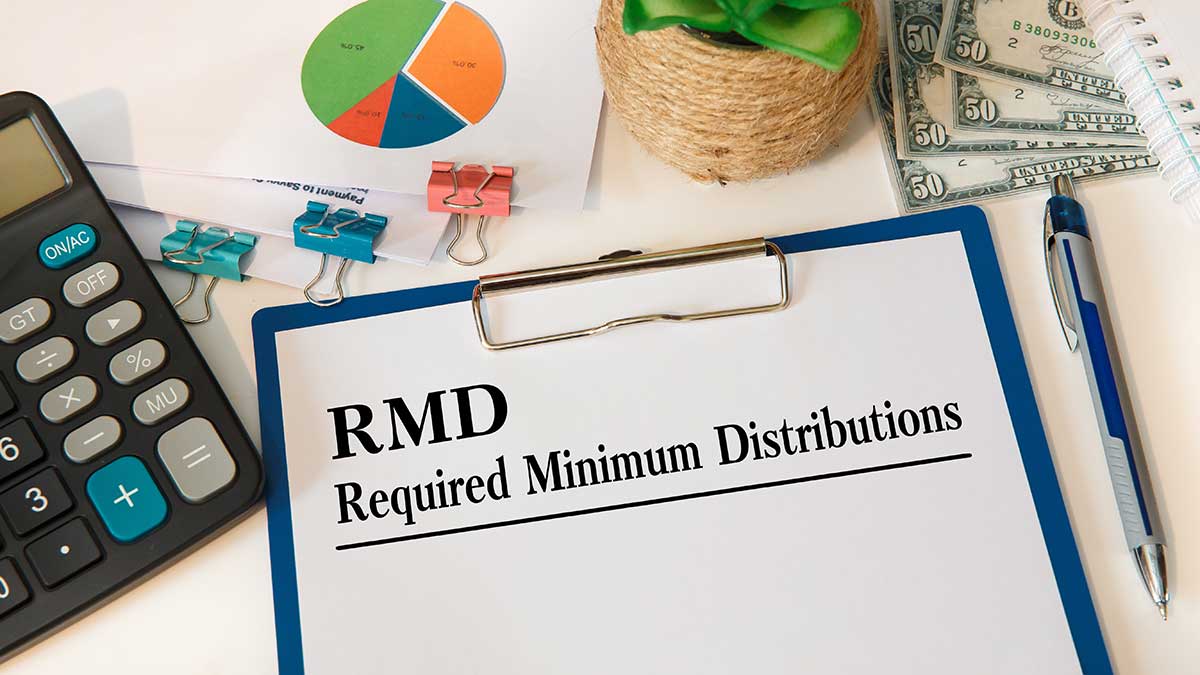The Setting Every Community Up for Retirement Enhancement (SECURE) Act 2.0, approved at the end of 2022, brought about significant modifications to the retirement plan landscape. Among the most notable changes are those related to Required Minimum Distributions (RMDs). Understanding these new rules, particularly the “correction window” for missed RMDs, is crucial for financial advisors and their clients alike.
The Shift in Required Minimum Distributions Age
The SECURE 2.0 Act has ushered in a shift in the age at which RMDs must begin. The act gradually raises the age from 72 to 75 over the next decade.
Here is a quick rundown of the transition:
- If you were born between July 1, 1949, and December 31, 1950, the RMD age remains at 72.
- Starting in 2023, individuals born from 1951 to 1959 will have to begin taking RMDs at age 73.
- For those born in 1960 or later, the RMD age increases to 75, effective in 2033.
It is important to note that if you have already started taking RMDs, you should continue your current schedule.
The Impact of a Missed RMD
One of the most significant changes brought by the SECURE 2.0 Act involves the penalty for not taking an RMD. Previously, the penalty for missing an RMD was a hefty 50% of the amount that should have been distributed. The new law lowers this penalty to 25% and further reduces it to 10% if the missed RMD is satisfied within the correction window.
The “correction window”, according to the new law, means by the end of the second year after the year for which the RMD is missed, or earlier, if the IRS has assessed the penalty. For example, if you missed an RMD in 2023, the correction window closes after 12/31/25. Failure to take an RMD within the correction window would result in the higher 25% excess accumulations penalty rather than the lower 10% penalty.
Beneficiaries and the new RMD Rules
The changes to the RMD rules and penalties also affect beneficiaries. In fact, beneficiaries may be even more susceptible to the penalty due to the complexity (and confusion) of the beneficiary RMD rules. The introduction of the 10-year payout rule under SECURE 1.0, and conflicting guidance prompting IRS to grant relief from RMD penalties for some beneficiaries, along with beneficiaries grandfathered into the former stretch rules, all contribute to this complexity.
Additionally, the recent revision to the life expectancy tables used to calculate RMDs has increased the potential for confusion when calculating RMDs. As such, it is crucial for beneficiaries to understand these changes and be diligent about taking their RMDs.
New Statute of Limitations on Missed RMDs
The SECURE 2.0 Act also introduced a new statute of limitations for reporting retirement plan penalties and requesting a waiver of the RMD penalty. Previously, if you did not file Form 5329 for penalty relief, the general three-year statute of limitations wouldn’t begin, leaving you exposed to penalties for missed RMDs indefinitely.
The new law corrects this issue by starting the statute of limitations when the taxpayer’s federal income tax return is filed, even if Form 5329 isn’t filed. This change is a welcome relief for those who were not aware of the Form 5329 filing requirement to report a missed RMD.
Elimination of Designated Roth Account RMDs beginning in 2024
Another important change brought by the SECURE 2.0 Act is the elimination of RMDs for Roth 401(k)s and other employer Roth plans. Previously, Roth 401(k)s were subject to lifetime RMDs, unlike Roth IRAs. This change, which takes effect in 2024, means that Roth 401(k) funds will be exempt from lifetime RMDs, making them like their IRA counterpart in that respect.
Stay Informed
The SECURE 2.0 Act brings about significant changes to the retirement landscape, particularly in relation to RMDs, both during lifetime and for beneficiaries of deceased Traditional IRA owners and plan participants. The changes to the starting age for RMDs, the reduction in penalties for missed RMDs, and the introduction of a correction window all present new challenges and opportunities for retirees. Understanding these changes and how they impact retirement planning is crucial in this new era of retirement savings. Stay informed by collaborating with a knowledgeable team of financial and tax professionals.
- Understanding Medicare’s Initial Enrollment Period - August 2, 2024
- Social Security Cost-of-Living Adjustment for 2024: The Numbers Are In! - November 13, 2023
- The Importance of the Medicare Open Enrollment Period - November 3, 2023





